Breaching the Sykes-Picot boundary between Syria and Iraq, June 2014. [Al Baraka]
Following up on last week’s thoughts about Islamophobia (negative stereotyping of Muslims), many of the comments blame the Koran for inciting the current wave of Muslim attacks, specifically those by ISIS. Today, I want to make the case that the present chaos in the Middle East lies less in the Koran and more in a once-secret 100-year old treaty, the Sykes-Picot Agreement.
The Koran
The Koran (Qur’an) has been around for nearly 1400 years, and for most of that time, most Muslims have not been on the sort of murderous rampage we’ve been seeing from ISIS for the past two years. As several commentators pointed out, the tone of the book changes from benign acceptance of other faiths at the start (written when the prophet Mohammed was recruiting followers in Mecca, before he had gained any real power) to the later belligerent suras (chapters).
So it seems to me that Muslims can focus on the earlier part of the Koran when cooperation serves them best, but that they can also find plenty of justification for ISIS atrocities in the latter part of the book. (Not to belabor the point, but the Bible can obviously serve the same purpose — if you want to defend the crusades or slavery or homophobia or anti-abortion tactics, you’ll find your justification somewhere in the Bible’s three-quarter of a million words.)
But again, very few of the world’s 1.6 million billion Muslims are beheading enemies, raping women, or destroying ancient temples; and ISIS, with maybe 100,000 followers (estimates vary wildly from 50,000 to 250,000) has only been around since 1999, and as an independent force (separate from al-Qaeda) since 2014. So blaming the Koran for the excesses of ISIS is something of a stretch.
Sykes-Picot
The proximate cause of the present troubles goes back nearly a hundred years, to a secret agreement made during the First World War by Sir Mark Sykes for Britain and François Georges-Picot for France. With the fall of the Ottoman Empire imminent, these diplomats outlined spheres of influence for France and Britain in the Middle East at the end of the war. At about the same time, the British government authorized Colonel T.E. Lawrence (“Lawrence of Arabia) to obtain help from Arab leaders in defeating the Ottomans by promising them independence after the war. Great Power politics won out, and Britain subsequently reneged on its undertakings.
Original Sykes-Picot map, May 1916. A = French “allocation”, B = British. [Public domain]
The result was a mish-mash of artificial Arabic countries and boundaries under their British and French overlords (under the guise of bringing democracy to the region), with no account taken of the ancient Sunni-Shia schism and tribal rivalries, or any sense of the history of the Middle East. According to The Independent (UK) correspondent Robert Fisk (who has been reporting from the area for decades), “For the Arabs, ‘democracy’ did not mean freedom of speech and freedom to elect their own leaders; it referred to the ‘democratic’ Western nations that continued to support the cruel dictators who oppressed them.”
Final Sykes-Picot map (Dark blue = French control, light blue = French influence; dark red = British control, light red = British influence; yellow = international control.) [Public domain]
Today’s boundaries (until ISIS breached the Syria-Iraq border)
The name ISIS (the Islamic State of Iraq and Syria) reflects the antipathy held by most Arabs for the western-imposed borders of their part of the world, and in particular for the “Sykes-Picot” (literal) line in the sand created between Syria and Iraq after WW1. One of the first acts of an independent ISIS was to ceremonially bulldoze through the raised sand barrier separating the two countries in June 2014. (The other names for ISIS — ISIL, where the “L” stands for “Levant” and Da’ish, an acronym where the “s” stands for al-Sham, the historic Greater Levant — emphasize transcendence of Western-imposed boundaries.)
“We’ve broken Sykes-Picot” [Vice News]
The 1916 Sykes-Picot Agreement was only the first of what most Arabs think of as betrayals by the West, including the Balfour Declaration and subsequent establishment of Israel in 1948; and our invasion of Iraq in 2003. However, as a symbol (or “a cancerous expression” for Arabs, according to Fisk), Sykes-Picot goes a long way to explaining at least some of the motivation and anger of ISIS. More so than blaming the Koran.
That’s it for now, my quick ‘n’ dirty take. I’ll stop with the prediction that the West’s involvement with ISIS is just starting; and that things can only get worse before they get better. Perhaps our only hope lies in reminding ourselves of the old adage: Terrorism works by turning the power of a stronger enemy against itself.
###
Barry Evans gave the best years of his life to civil engineering, and what thanks did he get? In his dotage, he travels, kayaks, meditates and writes for the Journal and the Humboldt Historian. He sucks at 8 Ball. Buy his Field Notes anthologies at any local bookstore. Please.
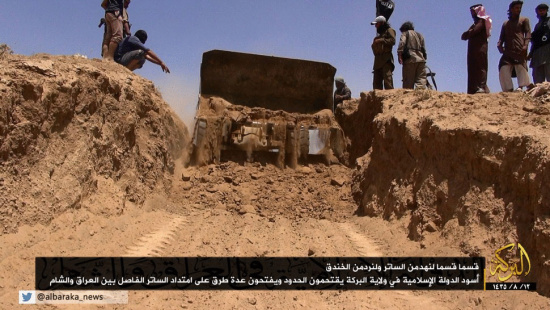
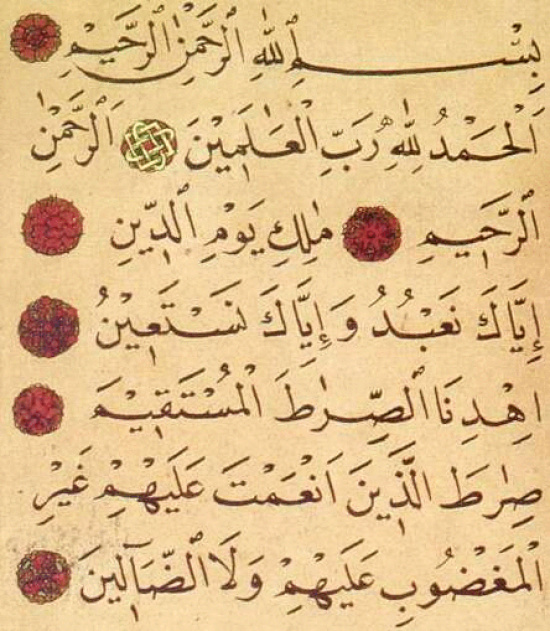
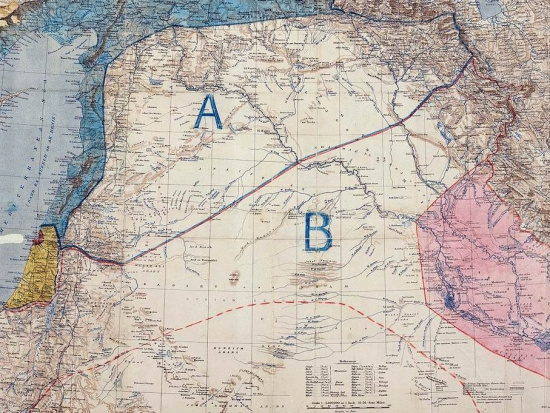
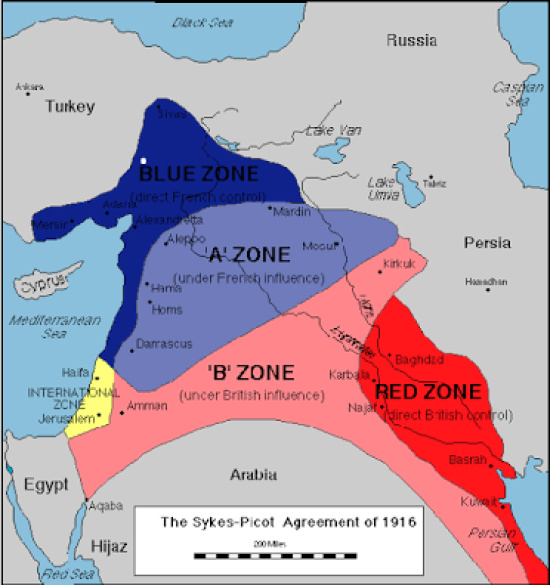
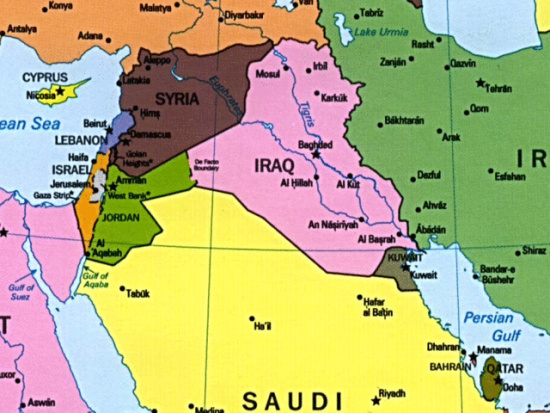
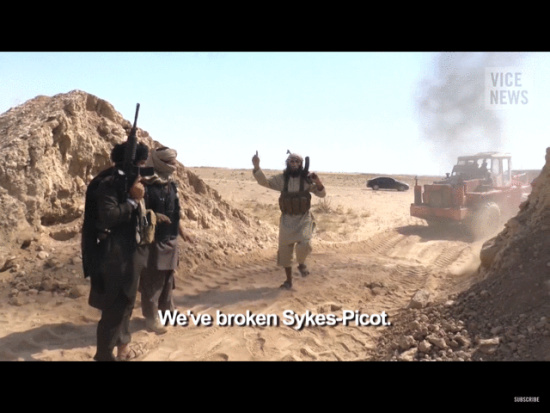
CLICK TO MANAGE